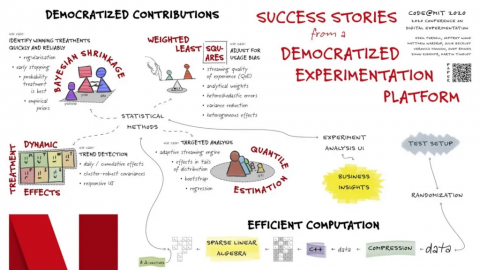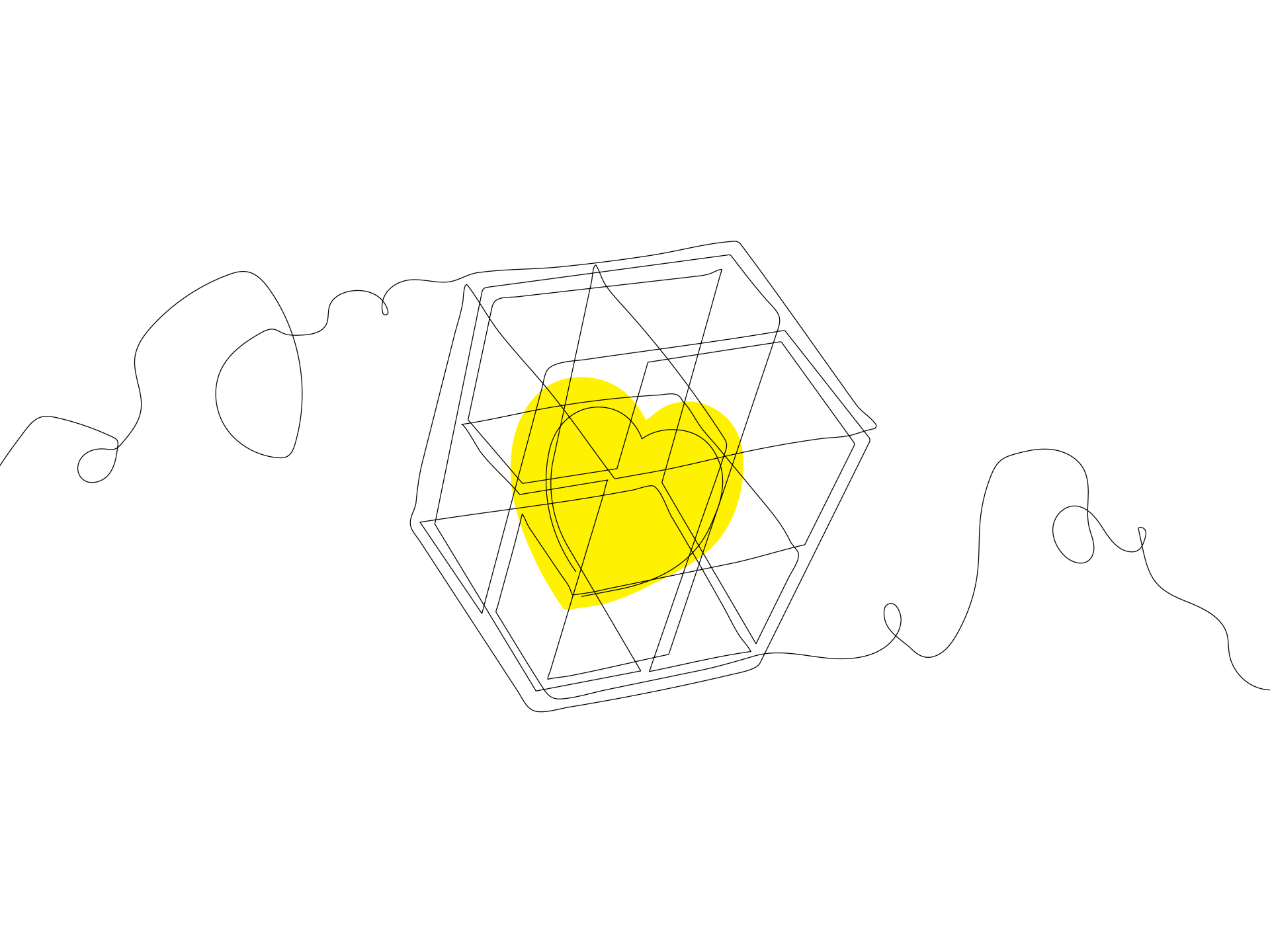Elevate your customer experience with data-driven design.
Take a moment to think about your own digital footprint.
The apps you use. Websites you visit. The services you’re logged into on a daily basis. All these online activities generate data for the brands they’re associated with.
Customer data is so readily available to brands and businesses now, but not everyone knows its potential. Fewer know how to separate what’s useful (the signals) from what’s not (the noise). And rare are the ones who know how to use it effectively to generate invaluable insights for growth.
Truth is, if you don’t know where to look, data can be intimidating. That’s why we’ve written this introductory article to share how you can leverage your data to design better customer experiences (CX).
What is the value of data-driven design?
When we design customer experiences, the goal is always to create and capture value for organisations. Data can help us understand the critical contributing factors towards that goal:
Where does the experience break down?
Experiences are best seen as an end-to-end journey made of multiple touchpoints and interactions. Data can help us identify the weakest link in that chain. The point that causes the entire experience to fail. Or where most customers drop off the journey. This is the problem that we urgently need to solve.
Where does the experience deliver the greatest value?
On the contrary, data can also identify where we should concentrate our CX investments on. These are the moments most impressionable to customers, that have the greatest impact on your satisfaction or advocacy scores.
What are customers having the most trouble with?
When people talk about frictionless experiences, they’re referring to those that are so easy, intuitive and simple, that it didn’t feel like a chore at all. This is the result of careful, deliberate design based on data that directed attention to specific troublesome moments.
While not exhaustive, these three areas enable you to generate growth and value by increasing
- A shared understanding of the customer
- Customer satisfaction
- Ease of use
- Conversion, engagement, retention
- Customer lifetime value
What kind of data do I need?
Now, when it comes to data, we can quickly see that they boil down to one of two things: qualitative and quantitative data. Both are quite different, and they both have their unique place in data-driven design. It’s important to understand their key differences.
Quantitative data is measured using numbers and values. It can be used to answer questions about what people are doing. For example, how many people are visiting your e-commerce website, how many are placing orders, or what is the average size of their orders.
Qualitative data, on the other hand, is investigative and interpretative, often used to inform hypotheses or theories. For example, why people leave your website, whether your content is easy to understand, or why customers are not responding to a particular offer.
For effective data-driven design, it is critical to use a mix of both quantitative and qualitative data. Each only tells half the story. Take, for example, a well-known e-commerce giant that utilised both types of data to increase their annual revenue by $300 million.
Improving customer experience with data
Now that we’ve covered the value of data-driven design and how we should think about the different types of data. Let’s look at the data-driven ways to improve CX, based on what your organisation’s goals are
1. Storytelling for a customer-centric future
If your organisation still maintains a product-centric, “if you build it, they will come” mindset, it is high time to awaken them to the benefits of a customer-centric culture. One of the key tenets is to build widespread empathy for the customer in a way that can’t be ignored. And that is where data comes in.
In the early days of Airbnb, CEO Brian Chesky and his team took data from analytics and customer support to create a shared, rallying vision of the ideal Airbnb customer experience. They crafted stories that were pivotal in guiding marketing, advertising, and customer service decisions at Airbnb as well as keeping everyone working on the same page.
Consider how evidence-based personas and journey maps can form a single source of customer truth for your organisation. They can help rally stakeholders around your customer experience vision, break down silos and inform your design decisions.
2. Innovate and validate new value propositions
When you’re an established company, or perhaps a category leader, it is important to not rest on your laurels. In this fast-paced, volatile world, you need to disrupt or risk being disrupted.
Take the Danish toy giant Lego, for example. In its secretive and highly ambitious Future Lab, the R&D team is charged with inventing novel, digital “play experiences” for kids all over the world. They do so by analysing sales data, competitive research, parental behaviours, and the ways kids play.
By doing so, they were able to look deeply into customer opportunities and pain points and confidently move into new verticals as well as launch successful new product lines.
“…if you want to understand how animals live, you don’t go to the zoo, you go to the jungle,”
Jørgen Vig Knudstorp, former CEO of the Lego Group
3. Optimize existing experiences
In this day and age, it is the nimblest companies that emerge victorious. The ones who are able to quickly learn from their failures (or successes) and leverage their learnings to climb even higher.
The uncomfortable truth is, many companies are still making their executive decisions purely based on anecdotes, intuition or hunches, rather than data. That is definitely not the case with Netflix, who has a feverish dedication to using data to improve its streaming experience.

Netflix’s open experimentation platform, where they run thousands of optimisation experiments a year. Image source: Code@MIT
From helping users to find content faster to determining the best thumbnail+title mix to get people viewing, Netflix implements a rigorous A/B testing process before any design decision becomes the default user experience.
Since they rolled out their experimentation platform in 2010, they went from
- streaming in 2 countries to 190+
- 10+ million members to 180+ million
Final thoughts
Data is easy to collect, but not always easy to leverage. What separates brands that do well from brands that don’t, is how well they are able to activate the opportunities within their data through strategic data-driven design.
Simply using one type of data (qualitative or quantitative) is not enough. You need both to give you a more complete view of the problem, as well as to generate a wider set of possibilities. As customers’ contexts, behaviours and expectations are constantly shifting, you also need to maintain a consistent flow of updated data that can alert you to new trends and insights.
It is this strategic and holistic approach to data-driven design that ensures your customer experience continues to surprise and delight customers while capturing value for your organisation. At scale.
